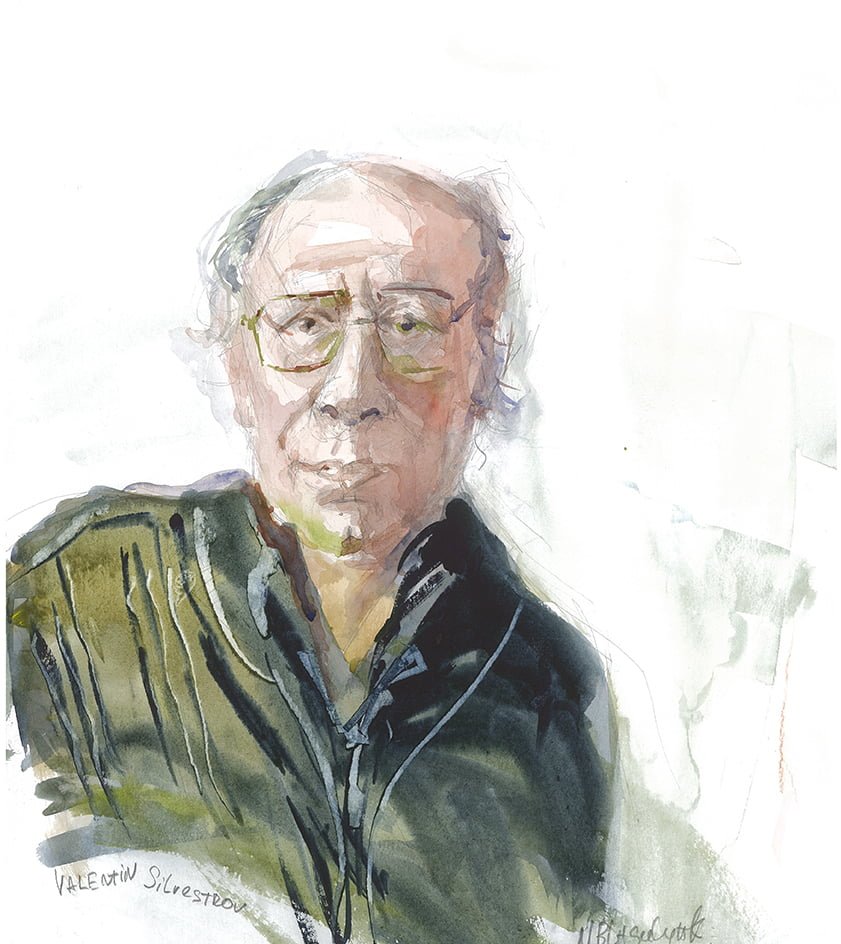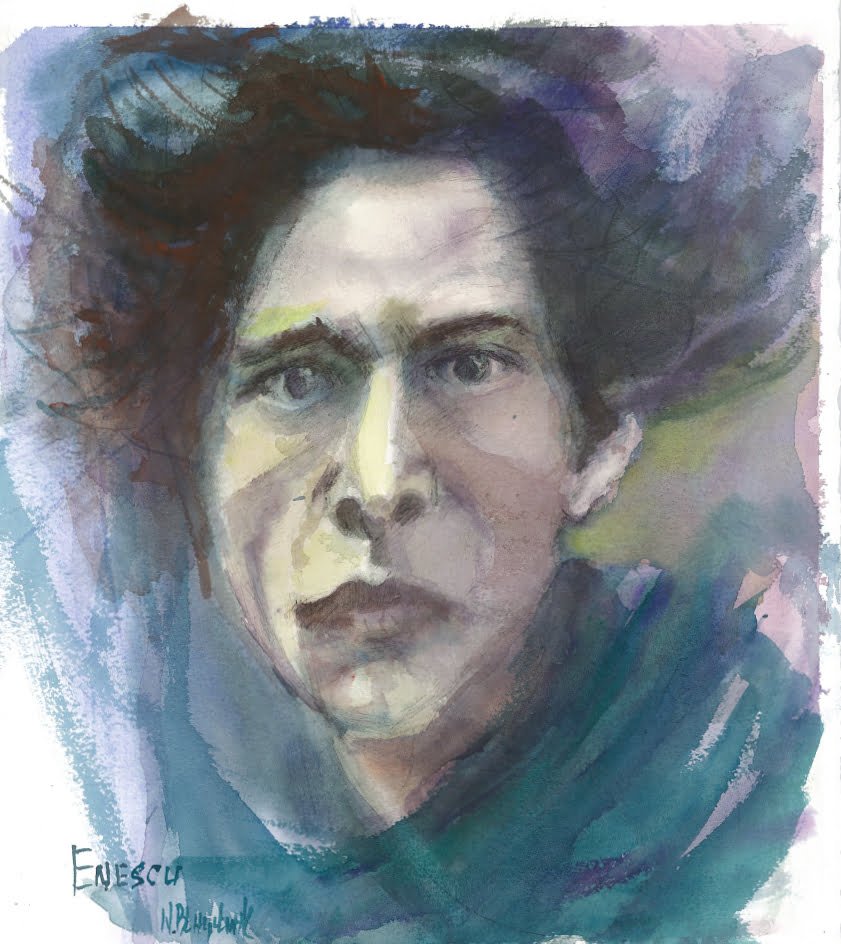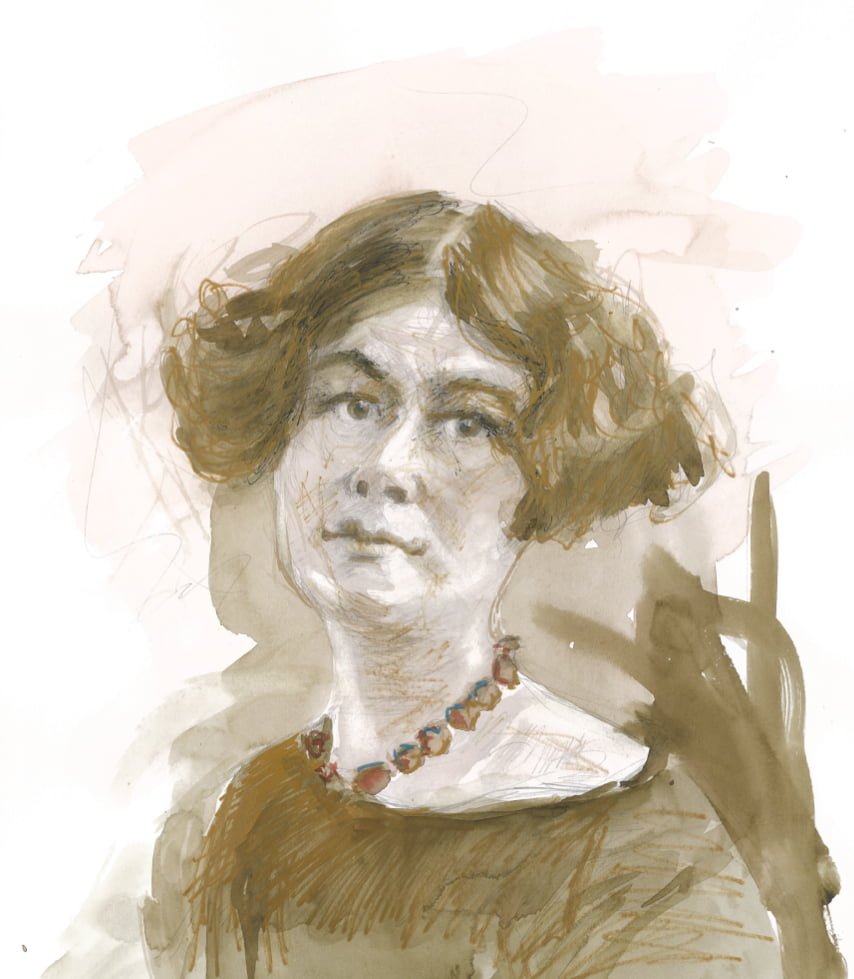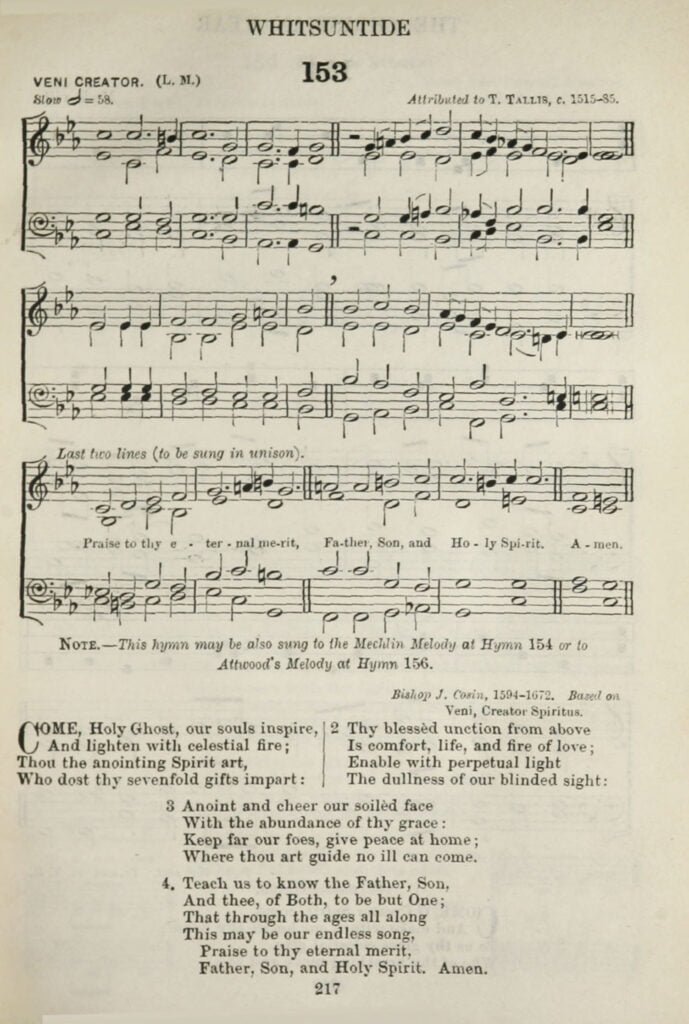The Knight-Blahulyak Duo Presents:
No Way Home
December 5, 2022
7:00 pm
Lone Star College Cy-Fair
Recital Hall
Five Pieces for Violin and Piano
Valentin Silvestrov (b. 1937)
Concertstück for Viola and Piano
George Enescu (1881-1955)
Five Pieces for Violin and Piano
III. Intermezzo
Valentin Silvestrov
Passacaglia on an Old English Tune
Rebecca Clarke (1886-1979)
Five Pieces for Violin and Piano
Valentin Silvestrov
Sonata for Viola and Piano op. 11 no. 4
Paul Hindemith (1895-1963)
Program Notes
written by Nina Knight and Olena Blahulyak
artwork by Natalia Blagulyak
Five Pieces for Violin and Piano (2004) by Valentin Silvestrov (b. 1937)

Valentin Silvestrov is perhaps the most important living Ukrainian composer. On March 9th, 2022, he fled Kyiv with his daughter and granddaughter. Silvestrov and his family found their refuge in Germany. His music is now performed worldwide as a symbol of unity and solidarity with the Ukrainian people.
Silvestrov specializes in tranquil, small-scale pieces inspired by the idea that our civilization, peace, and order are fragile virtues which we do not always appreciate in the moment of peace and prosperity. In his interview with Deutsche Welle, Silvestov explains that the reaction of music to this fragility cannot be powerful or pompous. In his opinion, the importance of “small and quiet” becomes greater in these dramatic events. Silvestrov and his avant-garde tendencies were a thorn in the side of the former Soviet Union. His music was banned, but he remained true to himself.
Concertstück for viola and piano (1906) by George Enescu (1881-1955)

Composer, violinist, conductor, and teacher, George Enescu is believed to be the greatest Romanian composer and the leading figure in Romanian musical life in the first half of the 20th century and one of the best-known violinists of his generation. Enescu studied at Vienna and Paris Conservatories and incorporated influences of German and French musical styles with the strong presence of the Romanian folk tradition.
Enescu spent most of his earlier years in France and Romania, dividing his energies between performance and composition. During World War I and II, he remained in his native land, maintaining an active career. After the war the Communist Party gradually took control. In 1946 Enescu went into exile. He felt threatened by changes to social and cultural life brought about by the new regime. There had never been such aggressive political interference in the cultural field and Enescu had to flee.
Enescu composed the Concertstück in 1906 for competitions at the Paris Conservatoire, in which he served as a jury member alongside Gabriel Fauré. This virtuosic piece was dedicated to Theophile Laforge, the first viola professor at the Paris Conservatoire and principal violist at Paris Opera. The Concertstück was performed by Enescu himself (at the piano) at least two times in Bucharest in 1942 with Romanian violist Alexandru Radulescu, and one year later with Ernst Wallfisch.
Passacaglia on an Old English Tune by Rebecca Clarke (1886-1979)

Although born and raised in England, Rebecca Clarke spent most of her adult life in the United States. Living in times when women in music were not always well-received nor taken seriously, Rebecca Clarke faced many challenges in her personal and professional life. In her late teens her father banished her from the family home. Clarke was forced to withdraw from school and support herself. She embarked on an active performing career as a violist and composer, and soon she became one of the first female musicians to join the Queen’s Hall orchestra. While she considered London her home, she frequently visited her brothers in the United States. She was staying with family in the USA in 1939 when World War II broke out and she was unable to return to England. According to Clarke scholar Liane Curtis, “…the disruption of her life as a performer in London, jolted her into another period of creativity.” It was during this period of creativity inspired by homesickness that Clarke wrote Passacaglia on an Old English Tune. One can hear her angst and longing to be home in London in the somber work. Clarke based the tune from Hymn no. 153, “Veni Creator,” from the English Hymnal of 1906 and attributes the tune to Thomas Tallis, as is indicated in the hymnal (Curtis). The Passacaglia is the only composition from this period in Clarke’s life published while she was alive. Clarke premiered the piece on March 28, 1941 at Temple Emanu-El in New York City. G. Schirmer published the work in 1942.

Sonata for Viola and Piano, op. 11 no 4 (1919) by Paul Hindemith (1895-1963)

German composer, music theorist, professor, violinist, and violist Paul Hindemith had a complicated relationship with his homeland, particularly during the Nazi occupation. Hindemith was known to be collaborative, agreeable, and an apolitical modern thinker. His ability to collaborate allowed him to keep a relatively long career in Nazi Germany, although his music was banned off and on in Germany in the 1930s. As tensions rose in 1938 Hindemith and his wife left Germany for their own safety. They went to Switzerland before moving to the United States of America in 1940. Hindemith became an American citizen in 1946, but moved back to Switzerland in the 1950s.
The Sonata for Viola and Piano, op. 11 no 4 (1919) was written early in his career. Hindemith (viola) and Emma Lübbecke-Job (piano) premeried the work in Frankfurt on June 6, 1919. Hindemith composed regularly for four decades. Although there was significant global turmoil, personal loss, and a move away from his home, Hindemith pressed on, ever creating, performing, teaching, and inspiring the next generation of musicians.



